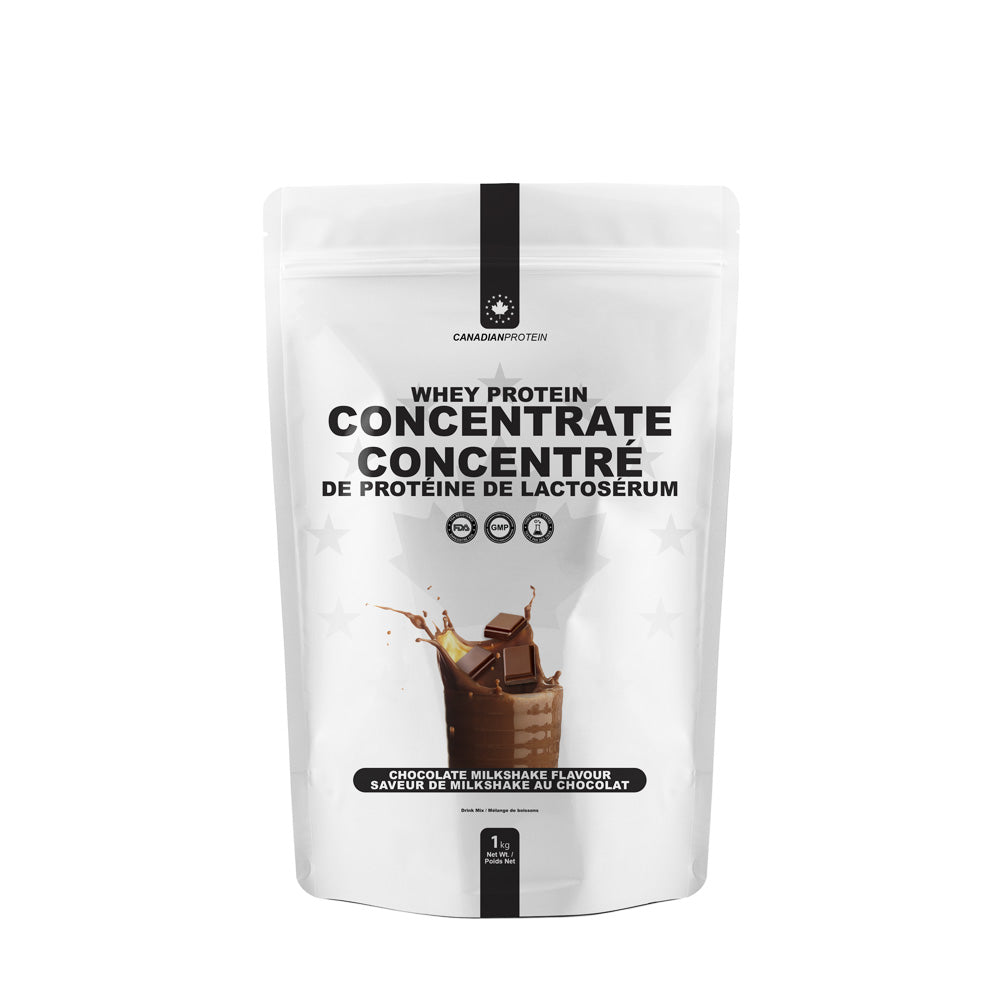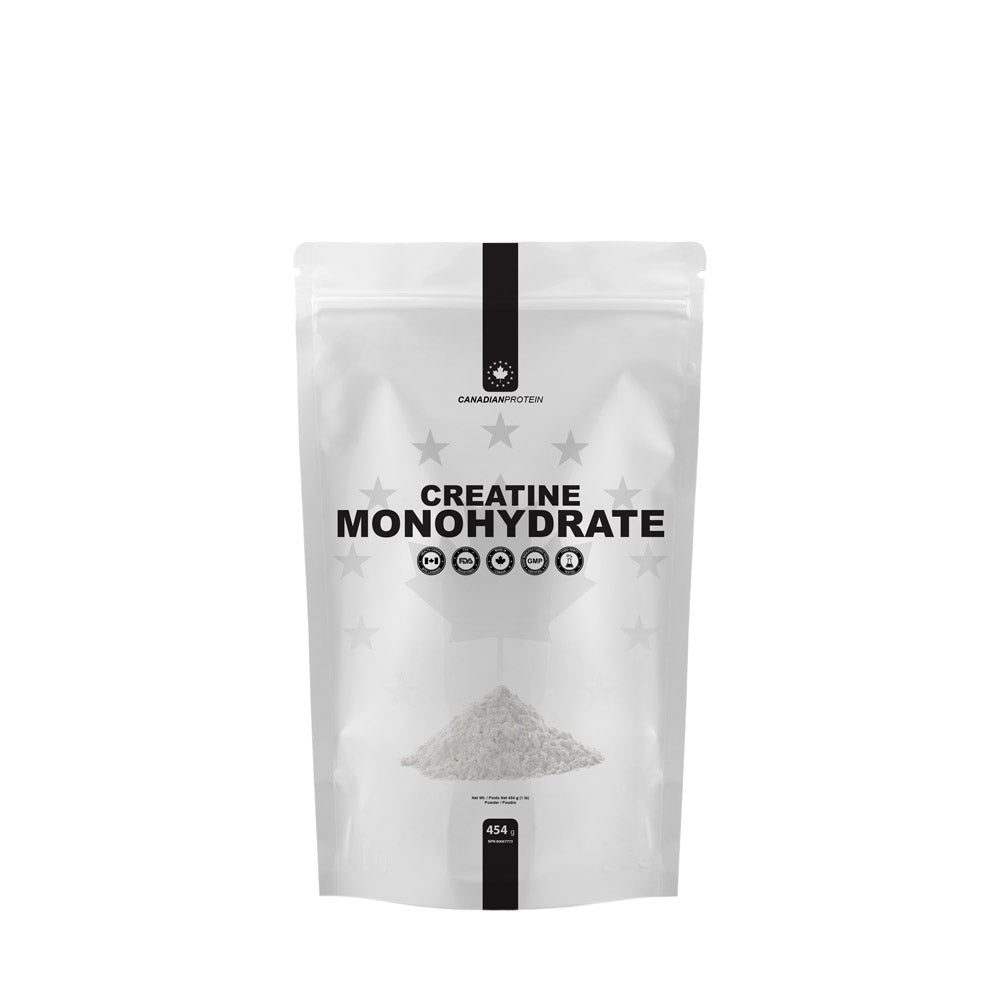If there are any true bodybuilders or fitness enthusiasts out there that happen to be reading this article, you’ll be able to attest to the fact that training your legs is notoriously brutal, yet it is something that simply must be done in order to build an aesthetic, symmetrical, and impressive looking physique. If you walk into most commercial gyms, you’ll see guys, and gals, in the freeweight sections, curling dumbbells, bench pressing barbells, and using a whole variety of machines in the process. Upon closer inspection, you’ll see that 90% of the machines being used are for the upper-body, as are 90% of the exercises being performed. Sure, a guy may have a pretty impressive upper-body, yet he may have his lower body, I.E his legs, hidden under sweat pants. The reason why his legs will be hidden, will be because they are extremely skinny in comparison with his upper body, giving him what is unofficially known as “chicken leg syndrome”. You’ve probably seen the various gym memes doing the rounds online – ‘friends don’t let friends skip leg day’ etc, and you yourself may wish to ensure that you build a set of legs to be proud of, rather than ridiculed. If you’re serious about adding mass and definition to your legs, here are a few fundamental rules for leg training.
Train your legs as if they’re your weakest muscle

When a bodybuilder is training, if they have lagging body parts that are noticeably weaker and less impressive than other body parts, they don’t skip them, they will instead train them twice as hard in an attempt to bring them up and improve them. When it comes to training your legs, you too should adapt this same training philosophy, whether your legs are indeed a weak point or not. Your legs are much harder to add mass to than other body parts, so you will need to train them harder, and train them more frequently. It may sound tough, but if they aren’t responding to just one session a week, you may wish to add an additional one for a few weeks/months, and see how they respond then.
Make sure you squat, bro
When it comes to leg training, the one exercise that gives leg training the reputation for being notoriously difficult, painful, and even downright brutal at times, is the barbell squat. If you’ve ever barbell squatted before, you’ll know that for the next two days, walking up and down stairs, as well as sitting down in general, can be a pretty painful experience, in a good way of course. The reason why squats cause such severe DOMS (Delayed Onset Muscle Soreness) is because they work so many different parts of the leg itself. Squats primarily targeted the hamstrings, although the quadriceps and even the calves also benefit from them. Always begin with squats during your leg workouts because these are, by far, the most challenging of all the exercises that you should be performing. They’re perfect compound exercises that are able to utilize all musculature located within the legs, and the lower body in general. Forget about trying to squat as much weight as possible, as truthfully, if you’re new, you may wish to begin with just the bar. Practice your form and technique, don’t rush things, and be prepared to be pretty sore and stiff for the next few days. Don’t worry however, this soreness is a sign that the exercise is working.
Focus on the quadriceps

The quadriceps (thigh muscle) is actually the largest muscle in the entire human body, as it has four large heads, hence QUAD. Because it is so large, if you wish to add mass to your legs, you’re going to have to ensure that you stimulate plenty of growth out of your quads. In order to really work the quads to their full potential, choose exercises that really isolate them and push them to their absolute limits. Great examples of exercises in this instance are: leg extensions, squats, walking lunges, front squats, hack squats, and single-leg presses. Of course you should also work other parts of the legs – the glutes, calves, and hamstrings for example, but in order to really pile the mass onto your legs and make them bigger and more defined than ever before, you will need to ensure that your quadriceps get one heck of a workout during every single leg day session.
Higher reps
When you see a lot of people trying to squat or leg press silly amounts of weight, they may indeed be able to lift the weight, for just one or two reps, which truthfully is not really going to trigger any new growth at all. Your goals and objectives here are not to build strong legs, or simply show off, your goals and objectives are to increase the size, and definition of your legs, which is why high rep training is recommended in this instance. Studies have found that high rep training can yield the most impressive results when it comes to leg training, due to the fact that it takes oxygenated blood so much longer to reach the legs and flood into the muscles. Rather than 8 – 10 rep training like you would generally follow on upper-body days, aim for between 15 and 20 reps per set. This does mean choosing lighter weights, but don’t let that kid you, by the time you’ve finished, your legs will be on fire and will feel more pumped than ever before.
Don’t lock out your knees
Say for example, you’re using the leg press, and are on your final working set, with just 4 or 5 reps left. By now your legs are burning, you’re out of breath, and you feel like you need a break. To get your breath, you will lock out your knees and hold the weight there for a few seconds, which is dangerous. By locking out your knees, your joints are then forced to take the brunt of some of the weight being used, which then puts the joint under pressure, and can lead to tendon and ligament damage. With each rep, stop just short of full lock-out to help protect your joints, but don’t use this as an excuse for half-reps.













